‘Camp,’ wrote Susan Sontag, ‘is the paintings of Carlo Crivelli, with their real jewels and trompe-l’oeil insects and cracks in the masonry.’ She didn’t even mention the renaissance painter’s curious cucumber fetish. Nor the unwittingly comedic homoeroticism of his portrait of Saint Roch, one stocking rolled down coquettishly to reveal a decorous inner-thigh wound. Nor the extraordinarily ugly baby Jesus clutching an apple as big as his head while his mother, understandably, averts her eyes. ‘Camp is playful, anti-serious,’ argued Sontag.
Sontag wasn’t alone in not taking Crivelli (c.1430–95) seriously. Giorgio Vasari, who scorned the illusionism that some have taken to be Crivelli’s USP, erased him from his art history. Crivelli was Derren Brown with a paintbrush and so not fit to be mentioned in the same breath as Mantegna or da Vinci. Martin Davies, the director of the National Gallery in the late 1960s and early 1970s, despite presiding over one of the world’s best collections of Crivelli’s paintings, dismissed his work. While his contemporary Bellini was ‘preparing Venetian painting of the High Renaissance’, Davies argued, Crivelli was ‘on an agreeably high-class holiday far away from great pictures and the aesthetic problems they pose’.
Now, finally and in Birmingham, Carlo Crivelli is being taken seriously. The Ikon’s outgoing director Jonathan Watkins posits Crivelli as a proto-postmodern breaking the fourth wall of pictorial representation when no one else bothered much with such ideas until Brecht and Baudrillard. More significantly yet, Watkins highlights how Crivelli depicted a transcendental spiritual reality with a profundity that doubtless appealed to his mostly Franciscan patrons.
Look at the heavens above the prayerful monk in ‘The Vision of the Blessed Gabriele’ (c.1489). Crivelli’s campy trompe-l’oeil swag of apples and pears casts a shadow on the painted sky. That shadow, which gives the exhibition its title, reveals Crivelli to be meta long before the word occurred to Mark Zuckerberg.
Or look at the fly that has landed on the niche wall of his portrait of Saint Catherine of Alexandria. It, too, is oversized relative to the saint, thus giving the insect a menacing Cronenbergian vibe, but it is life-size relative to the reality of the canvas and the viewer. Crivelli, argues Watkins, isn’t tricking the eye but rather disabusing the eye of its illusions.
Best of all, inspect Crivelli’s huge masterpiece ‘The Annunciation, with Saint Emidius’ (1486), on loan from the National Gallery. The rich, complex urban landscape has its Baudrillardian simulacrum in a little model of the city that the angel Gabriel is being shown in the foreground by a proud local, the bishop-martyr Saint Emidius. Meanwhile, the Virgin is depicted nearby chillaxing in the study of her town house, most likely unaware of the life-changing entity that’s poised to brew in her womb.
But, while back-rushing perspectival lines that unite at the vanishing point hold this little world in order, it is subverted by details littering the picture. A peacock, albeit a symbol of immortality, teeters on a high ledge, while in the foreground Crivelli’s trademark oversized cucumber and apple look poised to tumble from their wall to the viewer’s feet. Slashing a diagonal through the buildings a shaft of light shatters the perspectival illusion.
It’s fitting that the re-evaluation of the Venetian painter is taking place in Birmingham and not just because the city has more miles of canal than Venice. A few streets away from Ikon is the birthplace of Edward Burne-Jones, the pre-Raphaelite whose endorsement of Crivelli’s work is the high-water mark, at least in Britain, of the Italian’s reputation.
But there is a problem. Few of his works have made the trip to the Venice of the North. Covid and Brexit, reportedly, prevented two pictures arriving from Italy at the last minute. So Watkins has instead installed contemporary artist Susan Collis po-mo trompe l’oeil ‘Dirty Dancer’ amid the Crivellis. A paint-spattered broom and dustsheet lie in one corner of the gallery, and screws stick proud from the wall awaiting the pictures. Closer inspection reveals that these aren’t paint spatters at all, but little jewels – rubies, jaspers, garnets – rather like the ones depicted in the nearby paintings.
Upstairs, in Ikon’s Tower Room, are two paintings by the photorealist painter Audrey Flack, another Crivelli devotee. In a fine catalogue essay, she argues that Crivelli, who was jailed in Venice for adultery and later left the city for Ascoli Piceno, thrived precisely because he was outside the Venetian mainstream, able to play with ideas and dream up innovations that went beyond those of his contemporaries. Ideas and innovations that made it impossible for me to keep a smile off my face as I wandered around the gallery.
Got something to add? Join the discussion and comment below.
Get 10 issues for just $10
Subscribe to The Spectator Australia today for the next 10 magazine issues, plus full online access, for just $10.
You might disagree with half of it, but you’ll enjoy reading all of it. Try your first month for free, then just $2 a week for the remainder of your first year.

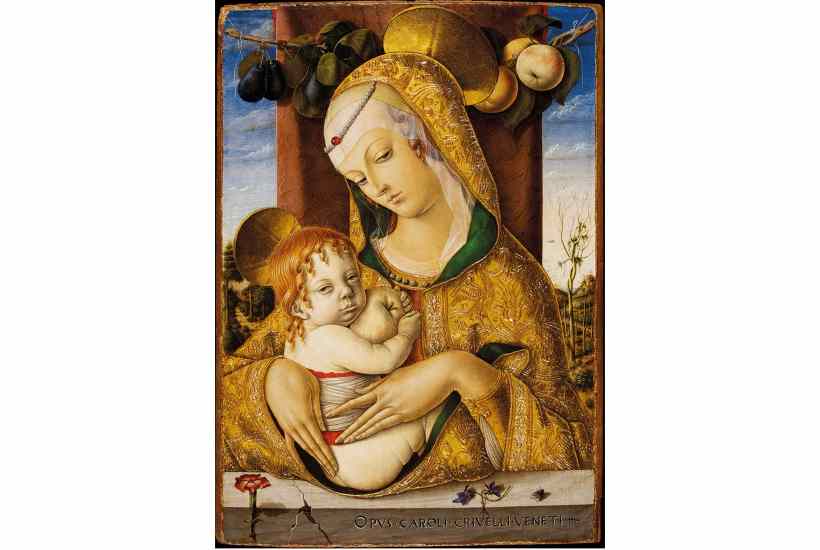
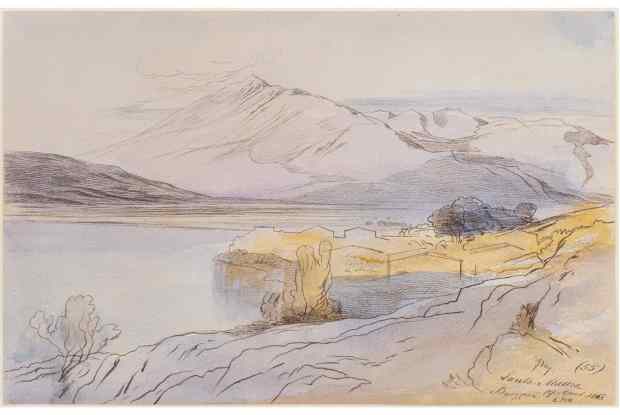
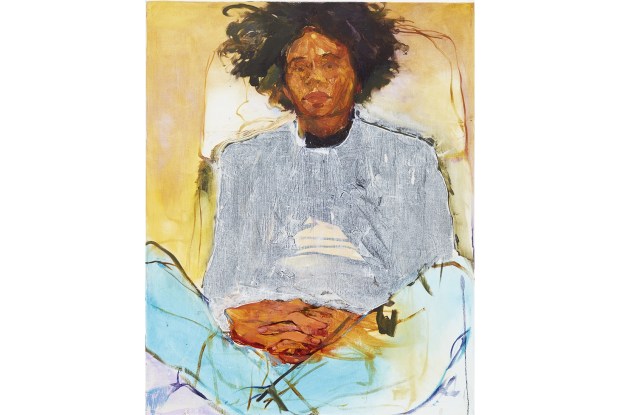
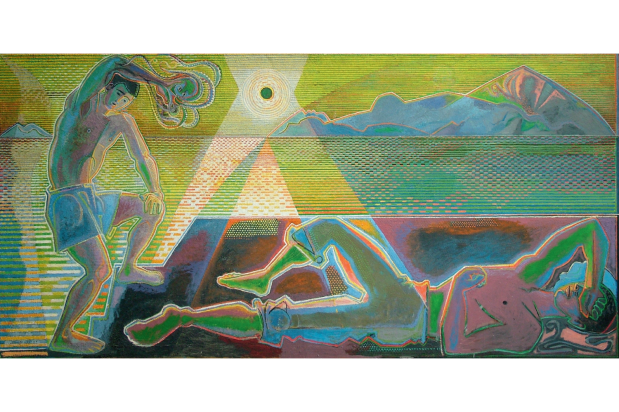

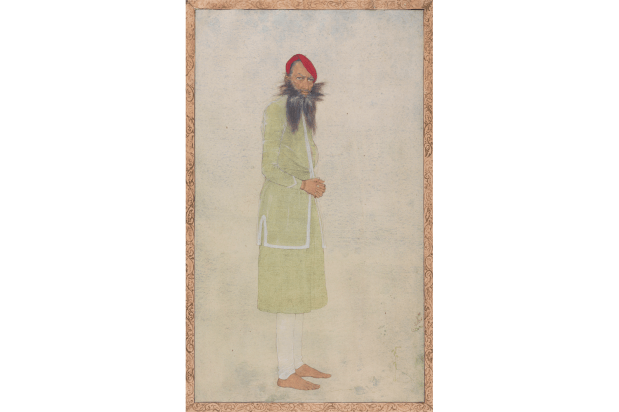
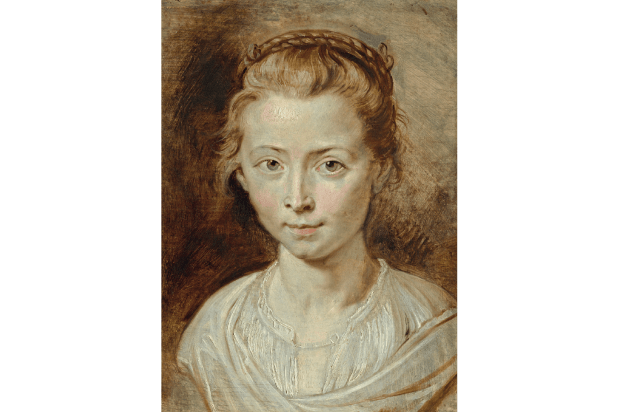






Comments
Don't miss out
Join the conversation with other Spectator Australia readers. Subscribe to leave a comment.
SUBSCRIBEAlready a subscriber? Log in